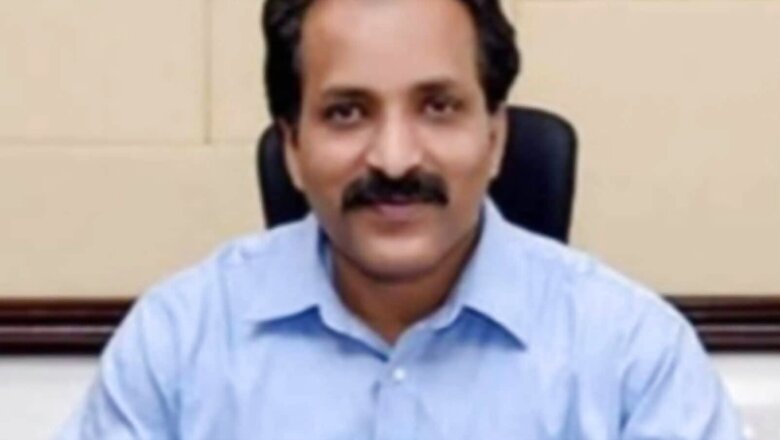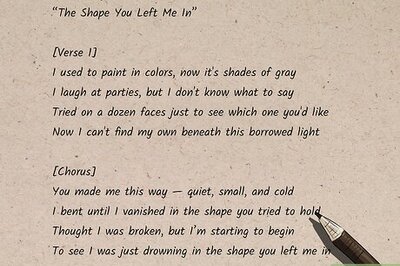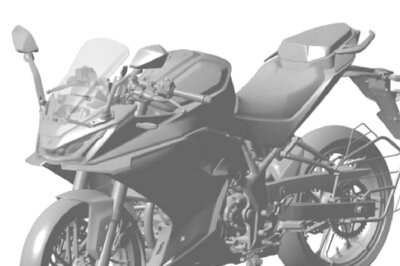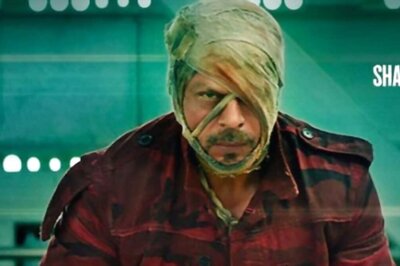
views
Dr S Somanath’s mission as the new chairperson of Indian Space Research Organisation (ISRO) is to create a space enterprise for India, where all stakeholders can band together and expand the space programme at a larger scale to align with the Centre’s vision.
The announcement of a new chairperson came on Wednesday as ISRO successfully conducted the qualification test of the cryogenic engine for Gaganyaan for 720 seconds at its propulsion complex in Mahendragiri, Tamil Nadu. Somnath, 58, succeeded K Sivan as the 10th chairperson of the Indian space agency.
Somanath primarily talked about Gaganyaan, intended to be the formative spacecraft of the Indian Human Spaceflight Programme, as one of the more important and difficult missions. The human space programme was a major milestone and a “giant leap” for India despite other countries having achieved this feat much earlier, Somanath told News18.
“The successful long-duration test is a major milestone for Gaganyaan. It ensures reliability and robustness of the cryogenic engine for induction into the human-rated launch vehicle for Gaganyaan…” he said.
He further said Gaganyaan was essential for the future of the country, as it demonstrated confidence gained from technological development and expertise in the past. But, it was only the first step of a long journey, he added.
“It is not easy as we have to develop techniques as support from outside may be meagre or even little. We have started our technological work, including tests in the crew escape system, long ago. But Gaganyaan is the first step of our long journey,” he said.
But, he said, the programme will only be sustainable with a long-term vision. “To have a long-term vision is my mission. Only then will the programme be beneficial to the country as well as the people,” he added.
On concerns over privatisation in the space mission, Somanath said it was “not a bad idea”. “There is technological and business content in this. We are trying to privatise the business part, planning how this can be turned into a business opportunity and used commercially,” he added.
Who is the new chairperson, a background
Somanath, the director of Vikram Sarabhai Space Centre (VSSC), is a prominent rocket scientist. He is an expert of a host of disciplines, including launch vehicle systems engineering, integration designs and procedures, structural design, structural dynamics, mechanism design, and pyrotechnics.
A native of Thuravoor, a coastal town in Alappuzha district of Kerala, he will be the fifth person from the state to occupy the top post in the country’s space sector after MGK Menon, K Kasturirangan, G Madhavan Nair, and K Radhakrishnan.
He was appointed secretary of the department of space and the chairperson of the space commission by the Centre on Wednesday. His appointment is for a combined tenure of three years from the date of joining, inclusive of an extension in tenure beyond the age of superannuation in the public interest, stated a personnel ministry order.
Educational background, career graph
Born on July 1963, Dr Somanath completed his pre-degree from Maharaja’s College, Ernakulam, and did mechanical engineering from TKM College of Engineering, Kollam, and bagged the second rank in Kerala University.
He completed his postgraduate degree in aerospace engineering from Indian Institute of Science (IISc), Bengaluru, with a specialisation in dynamics and control and a gold medal for his meritorious performance.
He is the recipient of the Space Gold Medal from Astronautical Society of India (ASI), Performance Excellence Award 2014 and Team Excellence Award 2014 for GSLV Mk III realisation from ISRO.
He joined the VSSC in 1985 and became the associate director (projects) and also the project director of the GSLV Mk III launch vehicle in 2010. He was also the deputy director of propulsion and space ordinance entity till November 2014.
At ISRO, he has been associated with the Polar Satellite Launch Vehicle (PSLV) project during its initial phase. He was a team leader for the integration of PSLV in the early phase of his career.
Read all the Latest India News here



















Comments
0 comment